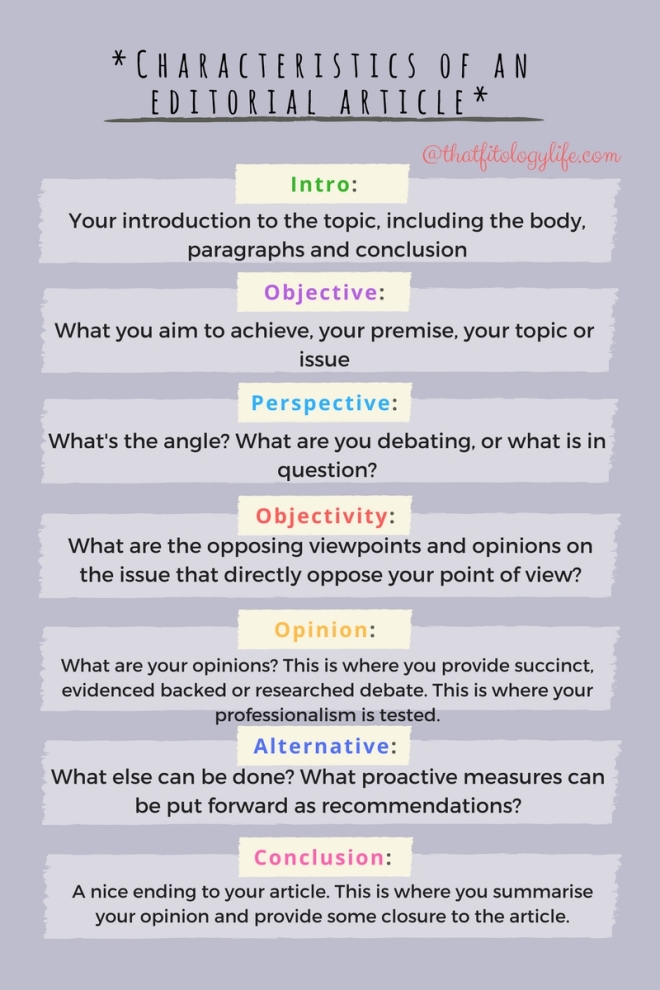It’s very easy to get caught up in the day to day of our lives. Wow, I never realized how much that sentence sounded like the popular TV show! But in all honesty we get so bogged down. I write often about how to make the most out of your day, how to be more productive, how to be more time efficient and how to manage your time in the best way possible. And all of that is pivotal in ensuring you don’t waste time, because time is something you can never get back.
I cant help but think about the concept of simplicity though the more and more involved my life gets. The more important my job becomes and the more responsibility I have, I yearn to be able to come home and just switch off. I keep musing about having this utopia where I can be earning really good money but working from home. Right now that isn’t a reality for me and I couldn’t just make a change because of a number of things, predominantly because my husband and I have some specific financial goals we’d like to achieve and me not working would be detrimental to those goals. Furthermore, I like my career. I’m unfazed about my current job, because it’s a bit boring, but my career and the opportunities within it is what I absolutely love.
I read often about people who are in these corporate jobs who hate it and yearn to leave and when they do they miraculously, well not always miraculously but they end up finding this random thing they fall in love with and end up doing and they’re content and make bucketloads of money….you get the drift. But the thing is for me, my current career is what I really truly love and I know I won’t be satisfied if I just up and change. This is why the side hustle is a good thing for me. Something to give me a creative outlet but that can be managed passively so I can still work a 9-5.
I sometimes feel as if I am a work of contradictions, but when it comes to simplicity, it really shouldn’t be that out of scope. You see, one of the reason we do all the planning and organizing and scheduling and time management is for efficiency, and to make sure our lives run smoothly with as little interference as possible. It’s not to say that our lives will be predictable, although I can see how it could be construed that way – its merely to encourage simplicity as the ultimate goal.
Simplicity could also be looked at in the same context as minimalism, and there’s a huge movement for minimalism right now world wide. I’m sure if you did any keyword search on minimalism you will find blogs and social media and guides and pages and all sorts of information about how to simplify your life. Basically what this means in simpler terms is removing clutter, improving efficiency and having less around your life that will create complications.
So how do we get back to a simpler life? How do we feed our internal fitology meter? Well, I have a few ideas about how it can be done if you’re not already doing it. I think you’re here because not only do you like my witty prose, but you also think I might be able to help you work something out. I hope so, because when I worked it out for myself it was like a sigh of relief.
Essentially, what we need to be mindful of is keeping the right balance in our lives. There’s an excellent quote by Joshua Becker, author of the book “The More of Less” which says, “Minimalism is the intentional promotion of the things we most value and the removal of anything that distracts us from it.” My mum has been saying something similar to this for years, especially when it comes down to physical things. She used to teach me about de-cluttering before it was a ‘thing’ – her mantra was basically, if you haven’t worn it, used it or reached for it in six months, get rid of it. How often does it happen when you’re planning on moving house and suddenly pack up 3/4 only to realize you didn’t need any of those things as you waited for settlement and were surviving on those ‘basic essentials’?
It’s so easy to get caught up in having and needing and wanting in order to keep up with others. And even when we don’t intentionally believe we do so, sometimes we do try to keep up with others to the detriment of ourselves. So going back to basics isn’t just something that you can do once off or on a whim – back to basics, simplicity and minimalism needs to be achieved progressively as you look at what you need and what you don’t, and what you want, and what you don’t. A simple question I ask myself when I see makeup – do I need it, or do I want it? Do I need to have highlighter palettes in colors I will never use just because the price is right? No. I have one highlighter I use and I will wait until I finish. Do I need to have eight pairs of black shoes? No. I need a flat pair, a mid heel and a wedge – see what I mean? Instead of having quantity, have quality. Save your extra $$ from buying those extra five pairs of shoes to invest in a good leather pair you’ll get longer wear from. Not only is it financially viable, but you will be able to spoil yourself on buying quality items that are elegant, sophisticated and timeless, to go with that new minimalist wardrobe you’re decluttering also!
Simplicity is not a fad. I try to make as much of my life as simple as possible. My commute to work? The reason it sucks is because I live in a semi rural area already on the end closest to the deep country. If I were to live in the metro or suburban areas I would go nuts. My zen and my simple life is on my farm, tending to my animals, having pasture raised duck and chicken eggs, looking at the stars litter the sky every single night. I can do the job I do because of where I come home to. I can take that extra stress, pressure and responsibility and throw it into my work, because my home life is so calm, peaceful and enjoyable. And whilst there are still some things I’d like to change to further simplify my life, I’m lucky I’ve got it to the point it is now. It’s been a massive learning curve and journey – and when you’re in the thick of it and wanting more, remember to come back to this article and get some reminders of what else you can simplify in your life.




















